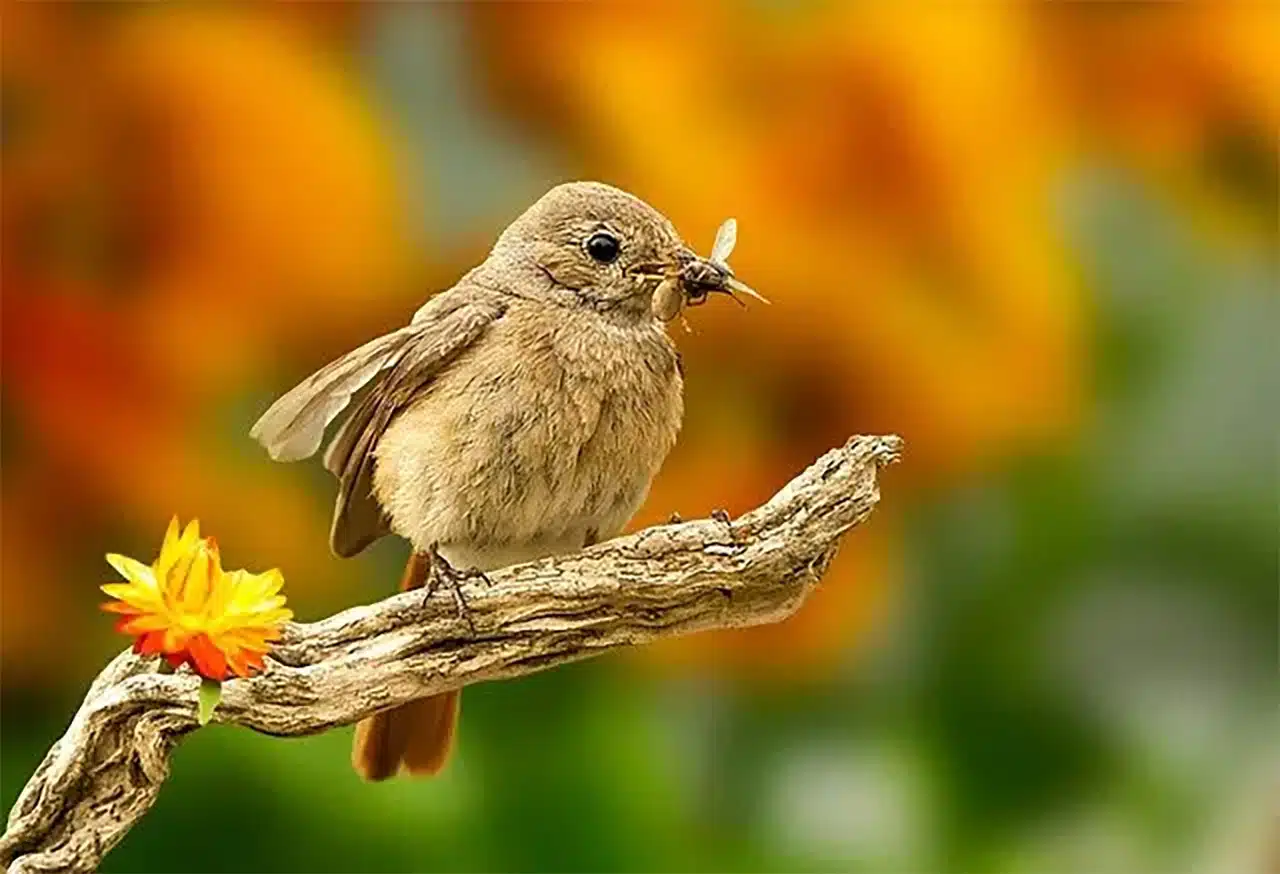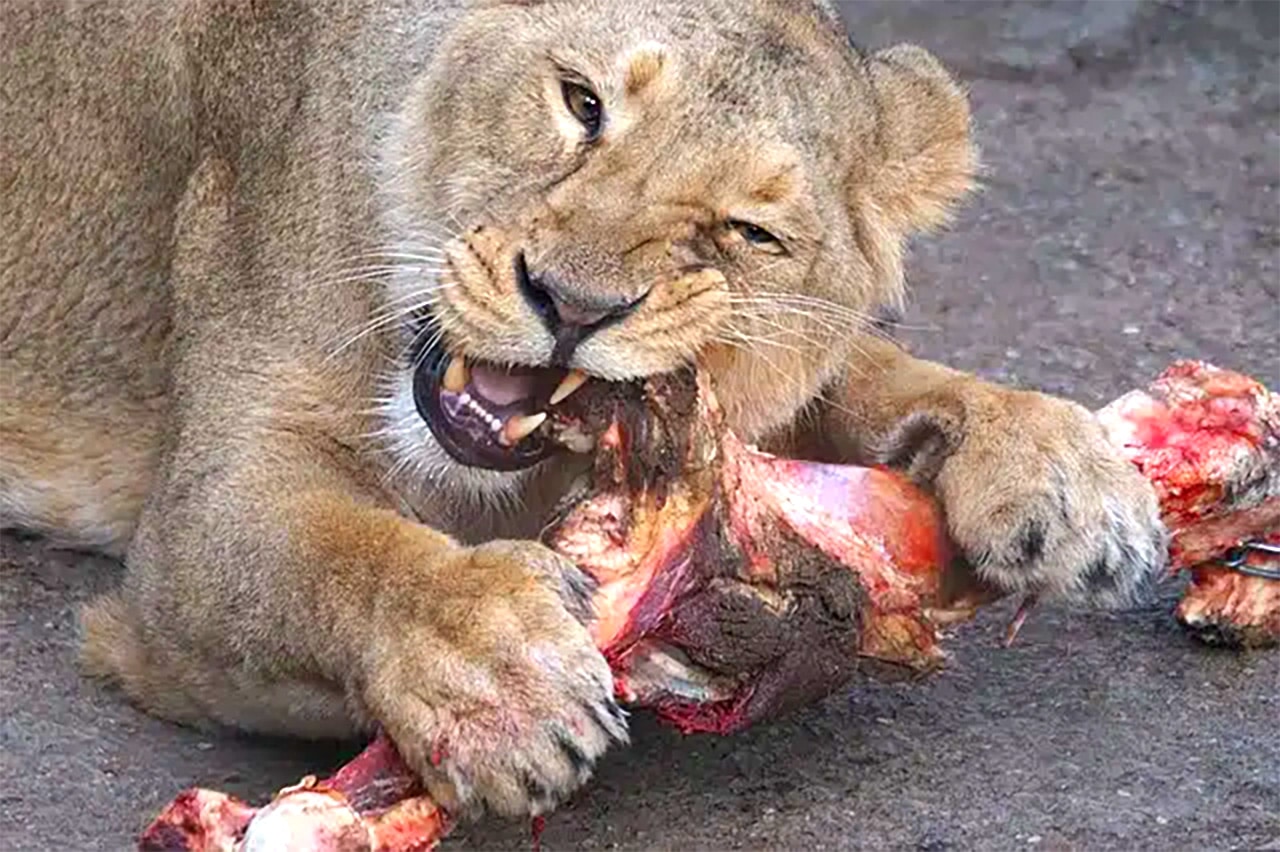
What is related to nutrition is classified as trophic.
The term Trophic is used to refer to that linked to nutrition (the act and result of nourishing). It is an adjective that has its etymological root in the Greek word trophós , which can be translated as "food" .
Before moving forward, therefore, it is important to know what nourishing entails. This is the name given to the process that allows, through food , to increase the substance of a body. Thanks to nutrition it is possible to repair the sectors that are lost due to catabolic actions.
food chain
The food chain is the set of successive relationships established by organisms by nourishing each other in a certain order . This concept is often referred to as a food chain .
The food chain, in this framework, is a flow of energy . A transfer of nutrients occurs between the species that belong to a biological community, where each one feeds on the species that precedes it and, in turn, becomes the food of the species that follows it in the chain .
Human beings do not occupy a completely natural position in this chain, since we do not obtain food by our own means, but rather we resort to artificial methods. In this way, we affect the balance that all other species respect.
food web
The food web organizes the different food chains, intertwining them into a large group. This network is formed with the interactions of food chains and implies the existence of a flow of energy that runs through an ecosystem .
Species that, according to their turn or position, are located in an equivalent space in the food chain share the same trophic level . This means that each trophic level represents a certain location in the energy and nutrient flow. We can distinguish two categories within the network, according to their trophic level: autotrophs and heterotrophs.
Autotrophs
Autotrophs are organisms capable of producing complex organic compounds using carbon. They are also known as primary producers . They generally use light energy or inorganic chemical reactions , and produce proteins, fats and carbohydrates using carbon dioxide.
Returning to the food chain, autotrophs are those who are located below all consumers, which are organized into primary, secondary, tertiary and quaternary, but they are born thanks to the work of the so-called decomposers , who complete the cycle allowing the matter of all Living things can be reused by producers once they die. Plants and algae , on the surface of the earth and at the bottom of the water, are autotrophs , and when they die they also become in the hands of decomposers.
Heterotrophs
Heterotrophs are organisms incapable of generating their own food, which is why they must feed on the organic carbon they obtain from other sources, especially animal and plant sources . Needless to say, in the food chain, these organisms are not producers, but rather occupy the different levels of consumers mentioned above.

According to its position in the chain, each species occupies a trophic level.
In this group we find all species of animals and fungi, in addition to certain protists, bacteria and a large number of parasitic plants. This concept originated in 1946, in the context of work aimed at classifying microorganisms according to their type of nutrition.
Depending on the energy source they use, heterotrophs are divided into chemoheterotrophs (if they take advantage of chemical energy, as humans and fungi do) and photoheterotrophs (if they use light, as occurs with aerobic purple bacteria and heliobacteria). .
